The trust deficit between the two ‘camps’ of the Supreme Court got further institutionalised last week, with curious things happening on a petition challenging the decision of Vice President Venkaiah Naidu to reject the notice for the impeachment motion against Chief Justice Dipak Misra. Presser-fame judge Chelameswar, before whose bench the issue was raised by Kapil Sibal on behalf of the two Congress Rajya Sabha MPs, had expressed certain reservations about him hearing the petition, but later advised the counsels to come back the next day by which time they would have taken a call. But later in the evening came a surprise order that carried less than desirable transparency, constituting a constitutional bench to hear the matter the next day. A report, for Different Truths.
The dome of the Supreme Court building evokes a certain symbolism that conjures up a larger meaning to all Indians, lending the hallowed precincts of the last resort of justice an overbearing air of solemnity and authority. But whatever has happened under the dome in the past one week must make all Indians squirm. History will perhaps record the seven days as the darkest in the annals of the highest court of the land.
We have had judges behaving in the most unimaginable fashion, setting a new low in thoughts and deeds. In one of these, the judges were reported as reprimanding lawyers for appearing on television channels and criticising the verdicts of the court. That was fine as some of these utterances have crossed all limits of sobriety. But the consequences of their action as described by the judges evoked consternation. “By one arrow you want to kill all. You people are destroying this institution. If this institution is destroyed, then you people won’t survive”, a court is reported to have said.
Do the judges really think that the Supreme Court is established for lawyers to be gainfully engaged? It is true that the lawyers make money – and tonnes of it – but that is not the purpose of the court. The biggest casualty of the Supreme Court being destroyed is not the lawyers; it is a democracy and the rule of law. The sufferers will be the people of India. The suffering of the lawyers is only incidental. It is like someone lamenting that a nuclear war will wipe out all buildings on earth. Buildings it will, but the real nuclear catastrophe is that there will be no human survivors. If this is the way our judges approach issues, they are clearly missing the wood for the trees.
The trust deficit between the two ‘camps’ of the Supreme Court got further institutionalised last week, with curious things happening on a petition challenging the decision of Vice President Venkaiah Naidu to reject the notice for the impeachment motion against Chief Justice Dipak Misra. Presser-fame judge Chelameswar, before whose bench the issue was raised by Kapil Sibal on behalf of the two Congress Rajya Sabha MPs, had expressed certain reservations about him hearing the petition, but later advised the counsels to come back the next day by which time they would have taken a call. But later in the evening came a surprise order that carried less than desirable transparency, constituting a constitutional bench to hear the matter the next day. The bench did not include any of the senior judges who were part of the so-called mutiny. But it did include all the ‘preferred’ judges.
The absence was for obvious reasons. But it clearly carried a message about pre-disposed positions of the judges, which is a dangerous trend. If the Chief Justice has no faith in Chelameswar and other judges supporting him, how can ordinary citizens have confidence in them? The same applies to the selection of the preferred judges. If the bench has been constituted on the basis of what could reasonably be inferred as their stand on the issue, there again a serious issue of credibility is involved. If Chelameswar and those identified with him have been excluded in view of their known positions with regard to the CJI, the same consideration should have applied in the formation of the bench as well.
For the Supreme Court to re-establish its credibility, it is absolutely essential that the judges demonstrate the ability to take positions that are at variance with their known, pre-disposed stands. The impeachment petition had provided a great opportunity to prove this impartiality, but that has now been lost as the petition itself has gone out of the window.
Two scenarios would have re-established credibility: one, a bench including one or more of the four senior-most judges giving a verdict in favour of the Chief Justice; two, the bench of preferred judges giving a ruling against him. But neither of the two is now possible. A bench that cut across known positions of the judges would have gone a long way to clear the air, but that was also not to be.
That matters have reached a point of no return shows the gravity of the deficit trust pervading the institution. Justice Chelameswar, whose last working day falls on May 18, ahead of his retirement in June, has declined the invitation to attend his farewell function the Bar Association was planning to organise. Judges, like everybody else, do have their individuality, but if they can’t sit around a table and exchange pleasantries, which is what such functions involve at best, how can they be expected to take an impassioned view when they sit together and deliberate important cases, which may be a routine for them, but could imply life and death questions for those involved. The public associates the Supreme Court with a certain solemnity and anything below par is demeaning to the prestige of the institution.
K Raveendran
©IPA Service
Photo from the Internet

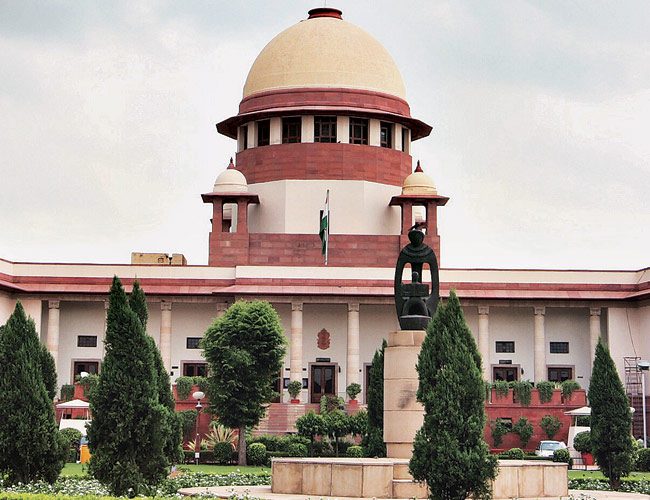
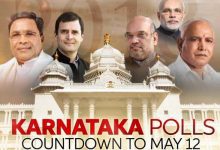

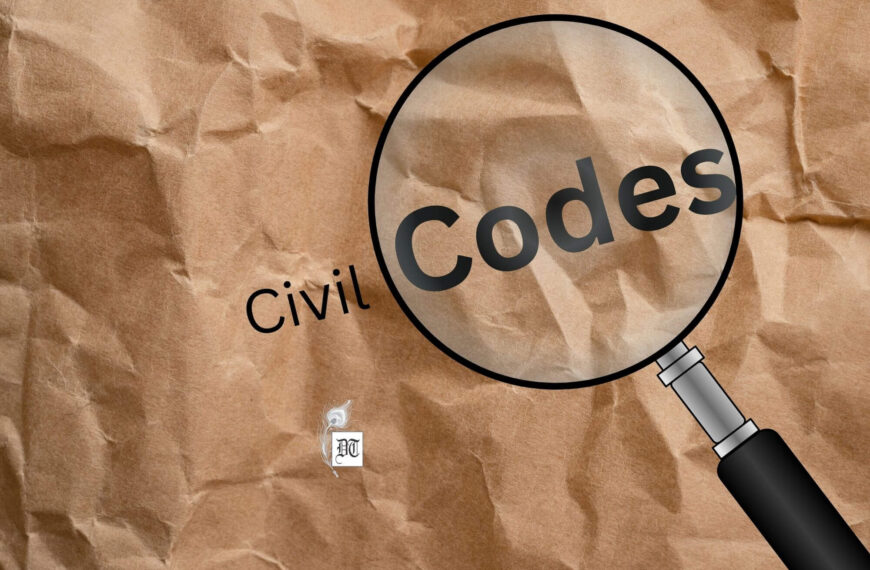
 By
By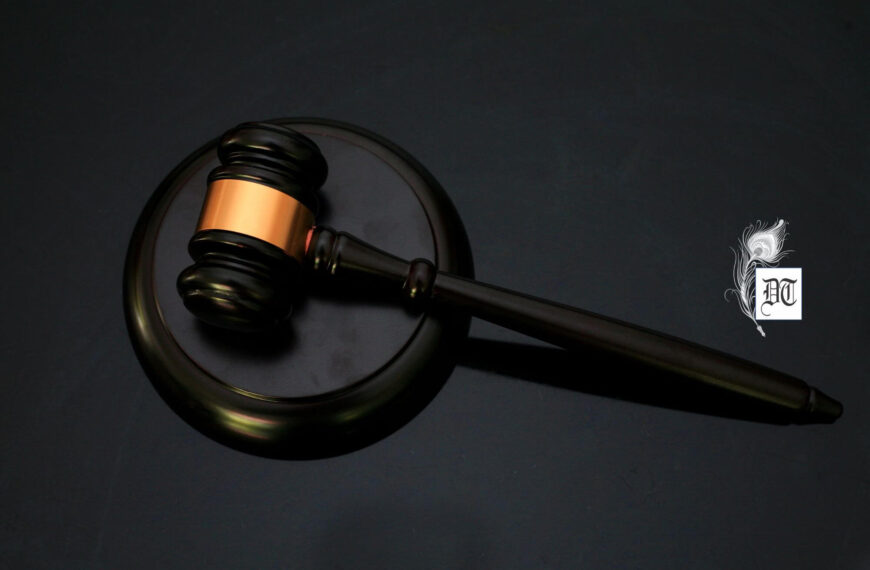
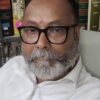 By
By
